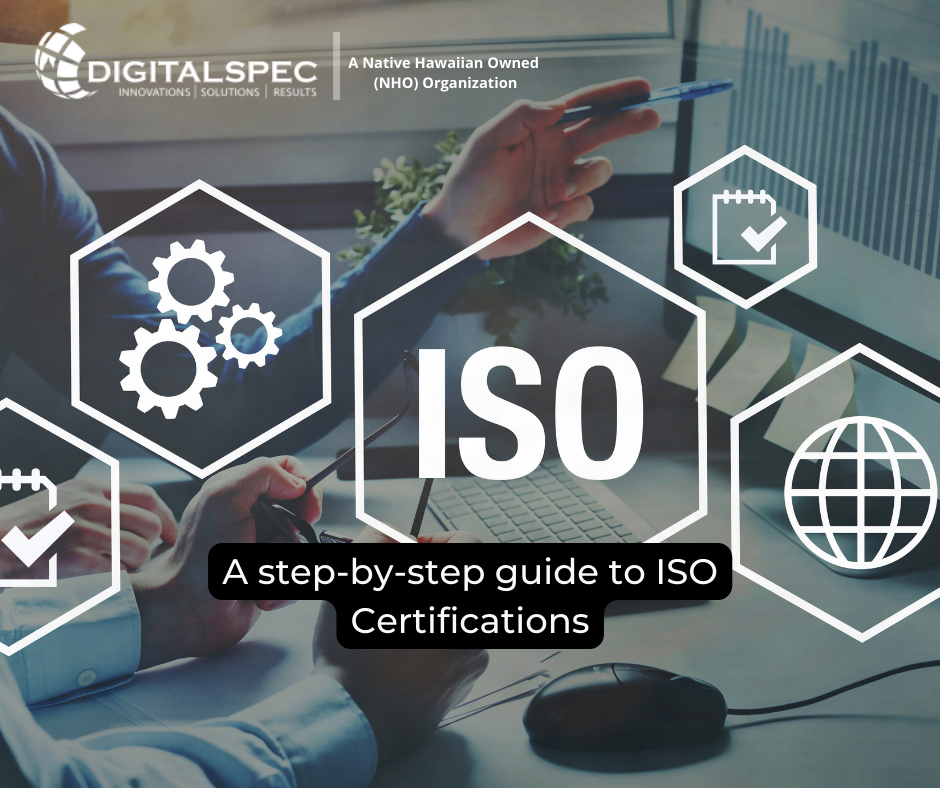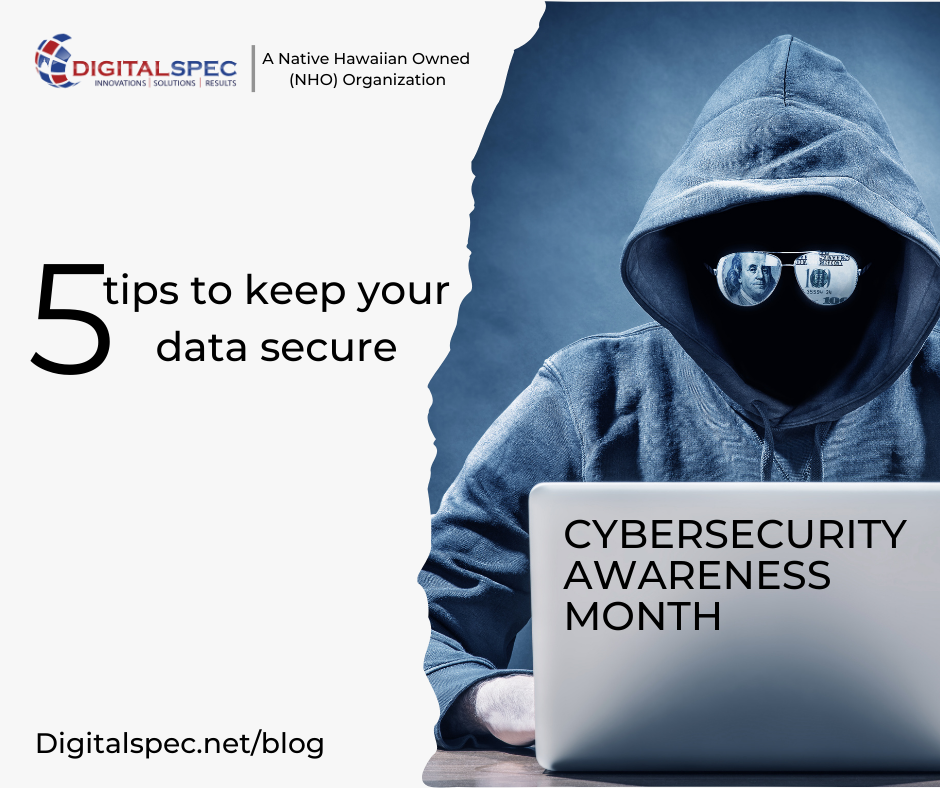When it comes to international organizations, the International Organization for Standardization, or ISO, is one of the most important. Founded in 1947, the ISO is a nongovernmental organization that creates voluntary standards for products, services, and systems. Many businesses seek ISO certification as a way to demonstrate their commitment to quality and continuous improvement. But what does it mean to be ISO certified? And why does it matter? Let’s take a closer look.
The Importance of ISO Certification
If a business is ISO certified, it means that they have been audited by an independent body and found to meet all of the requirements of the applicable ISO standard. There are over 21,000 different ISO standards, covering everything from quality management to environmental management to energy management. So, when a business is seeking ISO certification, they need to choose the standard that is most relevant to their operations.
For businesses, having ISO certification can be a competitive advantage. It demonstrates to customers and suppliers that the company is committed to continuous improvement and meeting international standards. In some industries, such as the automotive space, being ISO certified is actually a requirement for doing business. Even in industries where it’s not required, being certified can still give companies a leg up on the competition. This is especially important in the government contracting space where not only can certain contracts require ISO as a means of quality control, but most all other competitors, such as ITegrity Inc, DIGITALSPEC LLC, and Satsyil, are already ISO certified.
How to get ISO certified in 6 steps?
The process isn’t as complicated as you might think. Here’s a step-by-step guide to help you get started.
Step 1: Research the different types of ISO certification.
Again, there are over 20,000 ISO standards, so it’s important that you do your research and choose the one that’s right for your business. Not sure where to start? The International Organization for Standardization (ISO) has a handy search tool that can help you narrow down your options.
Step 2: Find a certification body.
Once you’ve chosen the right ISO standard for your business, the next step is to find a certification body that can help you through the process. A quick Google search will give you a list of options in your area. Alternatively, you can also check out the accreditation bodies listed on the ISO website.
Step 3: Get your documentation in order.
You’ll need to prepare a number of documents before you can start the certification process, including your quality manual, procedures, and records. Not sure what you need? Your chosen certification body should be able to provide you with a list of requirements.
Step 4: Complete the application form.
Once you have all your documentation ready, you’ll need to fill out an application form and submit it to your chosen certification body. again, requirements vary depending on which organization you’re applying to, so make sure you check with them first.
For example, if you’re applying for ISO 9001 certification, one of the world’s most popular quality management systems, your application will need to include a self-assessment questionnaire. This helps assess whether your quality management system is up to par and identifies any areas that need improvement before an external auditor comes in.
Step 5: Schedule an audit.
Once your application has been reviewed and accepted, it’s time to schedule an audit with an accredited auditor from your chosen certification body. The auditor will evaluate your quality management system to see if it meets all the requirements of the chosen ISO standard. This usually takes two to three days, although it can sometimes take longer for larger organizations. If any areas are found to be non-conforming, they will be noted in a report and corrective actions will need to be taken before certification can be awarded. However, don’t worry if this happens – it’s not unusual for businesses to have some non-conformities after their first audit. Simply address them and resubmit your corrective action plan to the certification body for review within 30 days. You may then be scheduled for a follow-up audit to confirm that the corrective actions have been properly implemented.
And congratulations – once you’ve passed this final step, you’re officially ISO certified!
Step 6: Re-certification
Remember that your ISO certification is subject to expiration. This means that you will want to pencil in the expiration date and follow steps 2 through 5 at least a month beforehand to ensure that your certifications are renewed.
Maintaining Your Certification
Once you’ve obtained your certificate, you’ll need to maintain it by regularly auditing your QMS (Quality Management System) or EMS (Environment Management System) and making sure that it continues to meet the requirements of the chosen standard. Depending on which standard you’re certified under, you may need to renew your certification every 3 years or so.
In many industries, government contracts are vital to the success of a company. In order for a company to be considered for these types of contracts, they often need to be ISO certified. This is because government officials want to ensure that any company they do business with is producing consistent results. By being ISO certified, a company is sending a signal that they are dedicated to meeting customer expectations and producing quality products or services.



